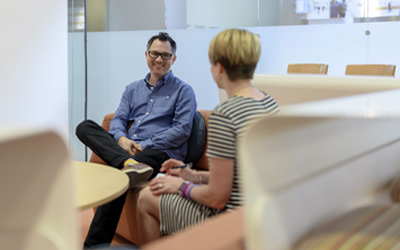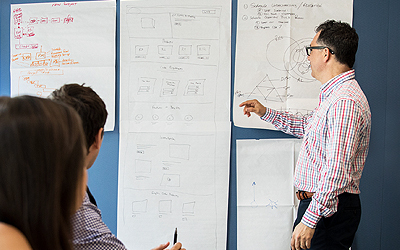Are you an early adopter? Did you install a smart home security system before any of your neighbors? Did you advocate for cloud-based team hubs while your co-workers were still getting used to simple team messaging apps?
If you’re anything like me, you have an affinity for new products and technology that can make your home or work life easier. New tools — the right tools — aren’t a pain in the neck. They’re your friends.
But early adopters make up a small percentage of the world. In fact, most people and many companies initially shy away from new tools. They see something new and immediately worry about how it will affect them. Are they complicated? Can they be simplified? Will they create more work? As a result, a ridiculously large percentage of companies aren’t using modern tools such as Google Drive, Slack and Zoom — even though most of their employees likely use similar productivity solutions outside of work.
It’s easy to understand. Change can be hard.
So, why bother with more tools if you’re getting along just fine with what you already have, thank you very much?

